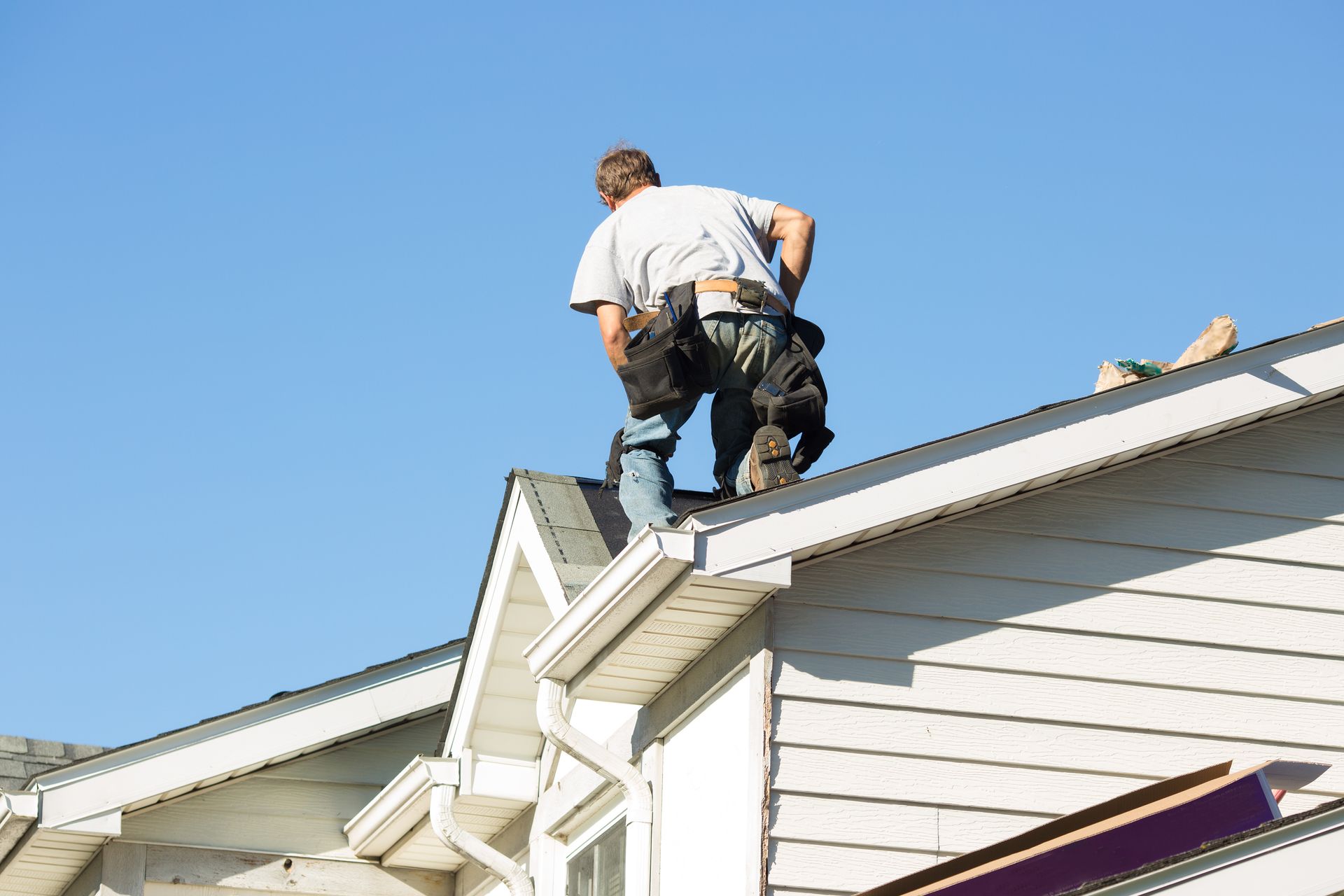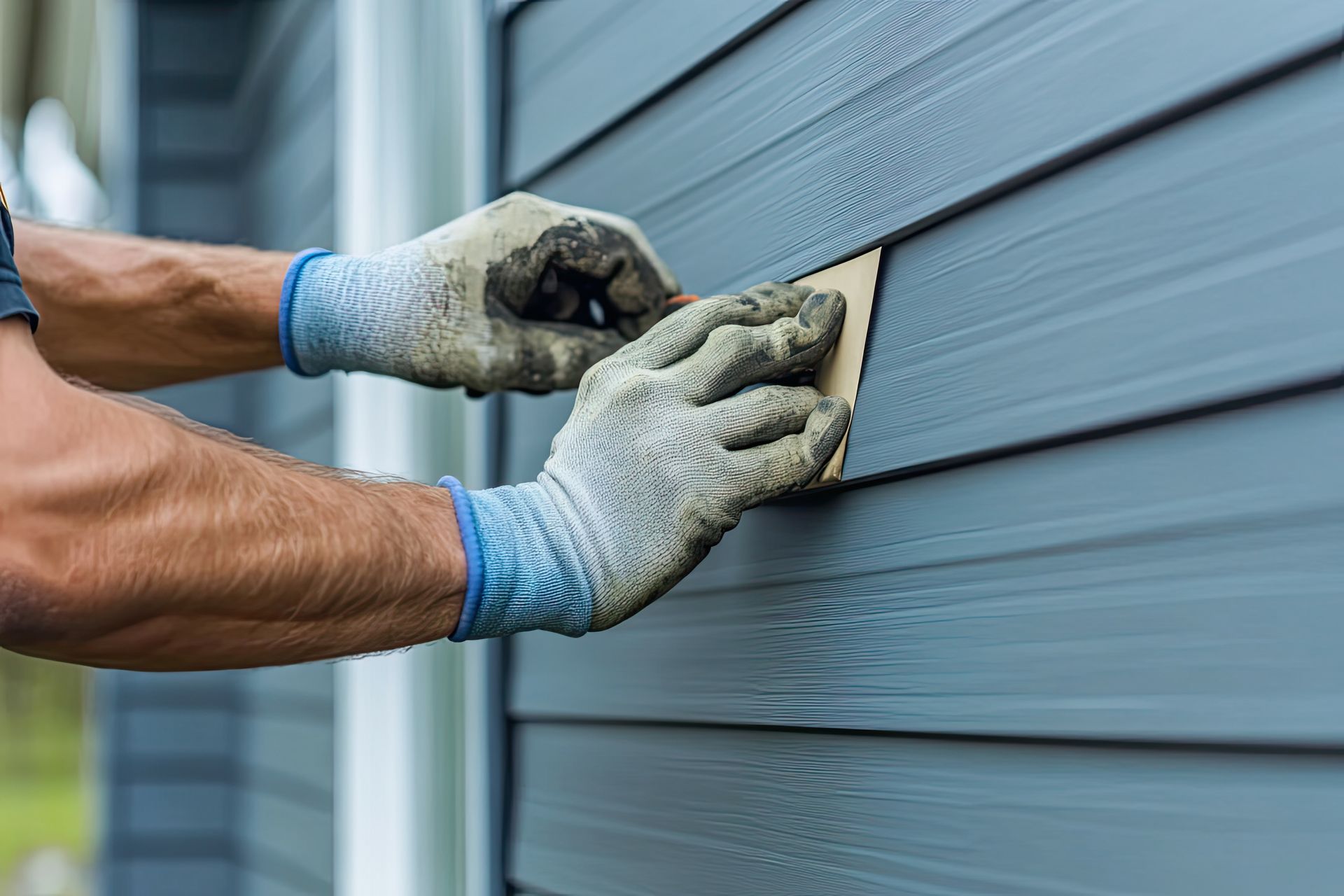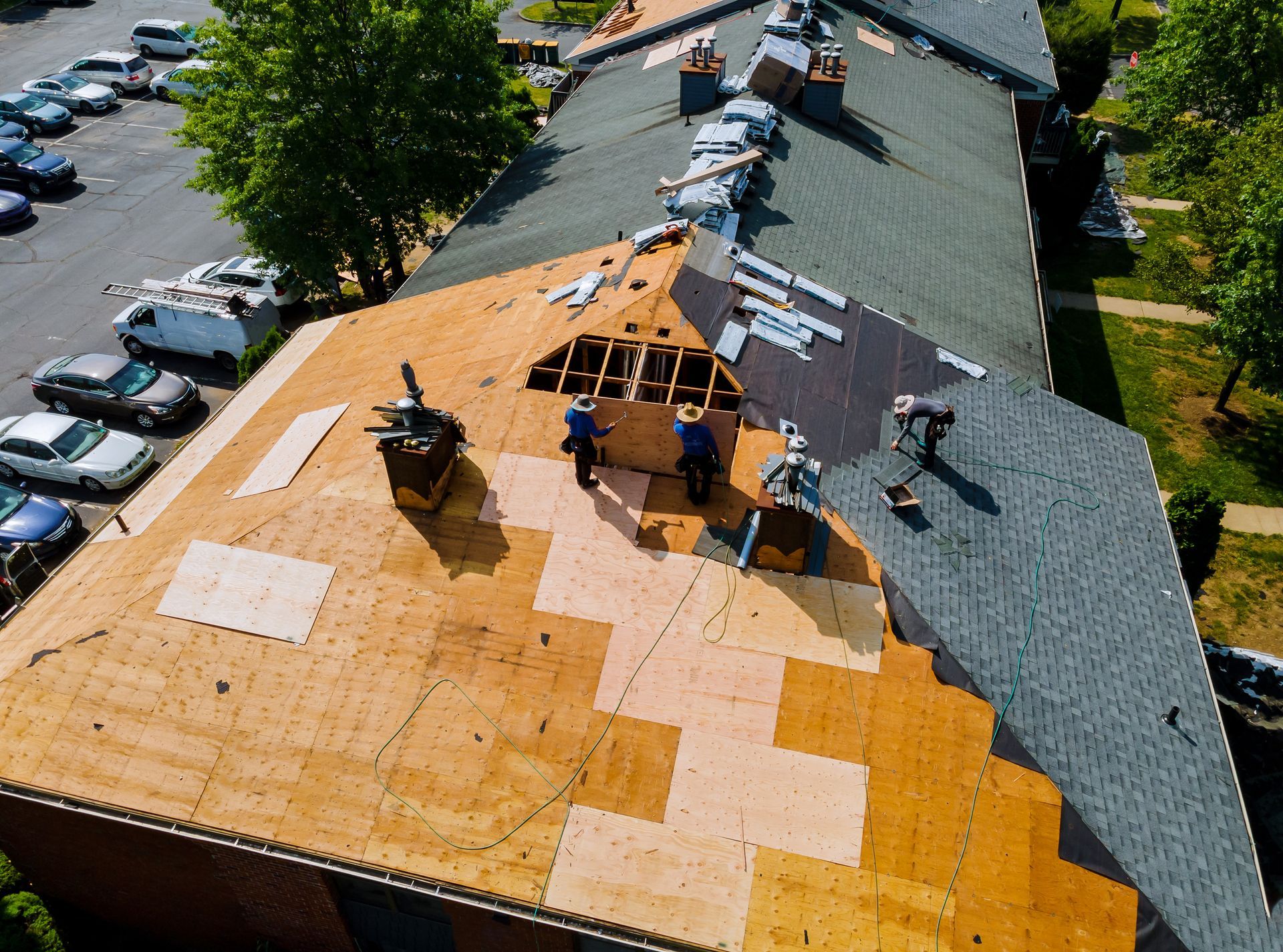The Role Of Underlayment In Roofing: Tips For Homeowners

When it comes to roofing, homeowners often focus on the visible aspects: shingles, tiles, and overall aesthetics. However, there's a critical component that's hidden from view but crucial to the integrity and longevity of your roof: the underlayment. For residents of Helena, MT, understanding the role of underlayment in roofing can help ensure that your home is protected from the elements and that your investment is secure. In this blog post, we'll delve into what underlayment is, why it's important, and how it contributes to a durable and efficient roofing system.
What is Underlayment?
Underlayment is a layer of material installed between the roof deck and the shingles or other roofing materials. It acts as a protective barrier that adds an extra layer of defense against water infiltration, ice, and snow. Typically made from materials such as asphalt-saturated felt, synthetic fibers, or rubberized asphalt, underlayment plays a pivotal role in safeguarding your home.
Types Of Underlayment
There are several types of underlayment used in roofing Helena MT each with its own set of characteristics and benefits. The choice of underlayment can depend on factors such as climate, roofing material, and personal preferences.
- Asphalt-Saturated Felt: Also known as tar paper, this traditional type of underlayment has been used for decades. It is made from a base of organic or fiberglass mat that is saturated with asphalt. Asphalt-saturated felt is relatively inexpensive and provides good protection against water, but it can be less durable and more susceptible to tearing compared to newer materials.
- Synthetic Underlayment: Made from polypropylene or polyethylene, synthetic underlayment is a modern alternative to asphalt-saturated felt. It is lightweight, tear-resistant, and provides superior moisture protection. Synthetic underlayment is often preferred for its durability and ease of installation.
- Rubberized Asphalt: This type of underlayment contains rubber polymers and asphalt, offering excellent waterproofing capabilities. Rubberized asphalt underlayment is highly effective in preventing leaks and is often used in areas prone to heavy rain or ice damming.
Why Is Underlayment Important?
Underlayment serves several essential functions in a roofing system:
- Water Protection: One of the primary roles of underlayment is to provide an additional layer of protection against water infiltration. It acts as a barrier to prevent moisture from reaching the roof deck and causing damage. In areas with heavy rain or snow, underlayment is crucial for ensuring that water does not seep through the shingles and into the home.
- Ice Damming Prevention: In colder climates like Helena, MT, ice damming can be a significant issue. Ice dams occur when melting snow refreezes at the eaves of the roof, creating a dam that can lead to water backing up under the shingles. A properly installed underlayment, especially rubberized asphalt, can help prevent ice dams by providing a waterproof layer that resists the formation of ice.
- Added Durability: Underlayment adds an extra layer of protection to the roof deck, which can enhance the overall durability of the roofing system. It helps distribute the weight of the roofing materials evenly and can reduce the risk of damage from impacts or foot traffic during installation.
- Improved Energy Efficiency: Some types of underlayment, such as those with reflective properties, can contribute to the energy efficiency of your home. Reflective underlayment can help reduce heat absorption, keeping your home cooler in the summer and potentially lowering cooling costs.
How To Choose The Right Underlayment For Your Roof
Choosing the right underlayment for your roofing project in Helena MT is crucial for ensuring optimal performance and protection. Here are some factors to consider when making your decision:
- Climate: In Helena, MT, where temperatures can vary significantly and snow is common, choosing an underlayment that can withstand these conditions is essential. Rubberized asphalt or synthetic underlayment may offer better protection against moisture and ice damming in such climates.
- Roofing Material: Different roofing materials have varying requirements for underlayment. For example, asphalt shingles often work well with asphalt-saturated felt or synthetic underlayment, while metal roofs may require specific types of underlayment for optimal performance.
- Budget: While higher-quality underlayment materials may come with a higher price tag, they often offer better protection and durability. Consider your budget and weigh the long-term benefits of investing in a superior underlayment material.
- Installation: Proper installation of underlayment is critical for ensuring its effectiveness. Work with a reputable roofing contractor who has experience with the specific type of underlayment you choose to ensure that it is installed correctly and performs as intended.
The Installation Process
The installation of underlayment is a crucial step in the roofing process. Here’s a general overview of how it is installed:
- Preparation: The roof deck is inspected for any damage or debris before the underlayment is installed. Any issues should be addressed to ensure a clean and smooth surface.
- Application: Underlayment is typically rolled out over the roof deck, starting at the eaves and working upward. It is secured in place with nails or staples, and overlaps are carefully sealed to prevent water from seeping through.
- Inspection: Once the underlayment is installed, it should be inspected to ensure that it is properly aligned and that there are no gaps or wrinkles. Proper installation is crucial for ensuring that the underlayment performs as intended.
- Shingle Installation: After the underlayment is in place, the shingles or other roofing materials are installed over it. The underlayment serves as a protective layer throughout the installation process and helps ensure that the roof deck remains dry.
Maintaining Your Roof
Once your roof is installed, regular maintenance is key to ensuring its longevity and performance. Here are some tips for maintaining your roof and underlayment: Visit Top Roofing Contractors: Ellingson Roofing LLC to learn more.
- Inspect Regularly: Periodic inspections of your roof and underlayment can help identify any potential issues before they become serious problems. Look for signs of wear, damage, or leaks and address them promptly.
- Clear Debris: Keep your roof free of debris, such as leaves and branches, which can trap moisture and contribute to deterioration. Regularly clearing debris helps maintain the integrity of your roofing system.
- Address Leaks Promptly: If you notice any signs of leaks or water damage, address them immediately to prevent further issues. Prompt repairs can help protect the underlayment and the rest of your roofing system.
Conclusion
In Helena, MT, where the weather can be unpredictable and challenging, understanding the role of underlayment in roofing is essential for ensuring that your home remains protected. Underlayment provides crucial benefits, including water protection, ice damming prevention, added durability, and improved energy efficiency. By choosing the right type of underlayment and ensuring proper installation, you can enhance the performance of your roofing system and safeguard your home from the elements. For expert advice and quality roofing services, trust Ellingson Roofing LLC to help you make informed decisions and keep your roof in top condition.
For more information on roofing options and underlayment, or to schedule a consultation,
contact Ellingson Roofing LLC today. Your roof is one of your home's most important defenses, and with the right underlayment, you can ensure it remains strong and reliable for years to come.
SERVICE AREAS
MONTANA
Kalispell, MT - Missoula, MT
Great Falls, MT - Butte, MT
Shelby, MT - Bozeman, MT
Big Sky, MT - Belgrade, MT
Anaconda, MT - Helena, MT
GEORGIA
Fayetteville, GA - Peachtree City, GA
Whitewater, GA - Fairburn, GA
CONTACT
© Ellingson Roofing LLC 2024 All Rights Reserved - Proudly Created with Bozeman SEO Pro & Ellingson SEO





